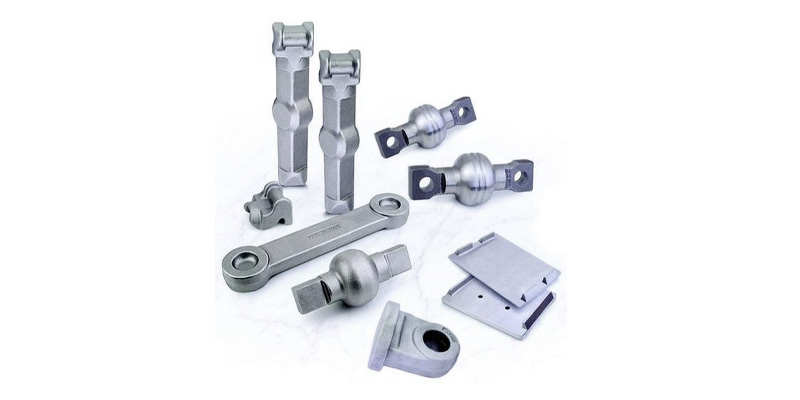- Contact Innally, Let you purchase forgings in China more favorable prices, products more assured!
- Hotline:+(86)15038323776 Email:innally@innally.com
What is the locomotive plate type block type forging?
- Category: Locomotive forging, Steel forgings
- |
- Date: 24/08/2023
the locomotive plate block forging is a part that heats the metal material to a certain temperature by forging process and then exerts force to make it form. Forgings can be divided into two categories: plate and block.
- Can be customized according to the specific model
Product Details
Locomotive plate block forging refers to a kind of metal parts commonly used in the process of locomotive manufacturing. They are processed by forging process and have the characteristics of high strength, good wear resistance and excellent mechanical properties. This paper will introduce in detail the definition, characteristics and important role of slab forging in locomotive industry.
First of all, the locomotive plate block forging is a part that heats the metal material to a certain temperature by forging process and then exerts force to make it form. Forgings can be divided into two categories: plate and block. Plate forgings usually have a large length and width, such as locomotive frame, side profile plate, etc. Block forging has a larger thickness and size, such as locomotive crankshaft, connecting rod and so on. Due to the particularity of the forging process, the forgings obtained not only have high strength and hardness, but also can maintain good toughness and impact resistance.

One of the characteristics of locomotive plate block forging is high strength. Due to the forging process, the grain structure of the metal is optimized, and the high cold treatment strain is generated during the forming process, which makes the internal structure of the forging more dense and the lattice arrangement more orderly. These optimized structural features make locomotive forgings have higher strength and can withstand greater load and impact during locomotive operation.
Secondly, the locomotive plate block forging also has good wear resistance. In the process of locomotive operation, due to various reasons, locomotive parts are often subjected to greater friction and wear. The plate and block forgings manufactured by forging process have more uniform organization structure and higher hardness, so as to have better wear resistance, which can effectively extend the service life of the locomotive and reduce the maintenance frequency.
Locomotive plate forging plays an important role in locomotive industry. First, they are an important part of locomotive manufacturing, such as locomotive frames, crankshafts, connecting rods, etc. These forgings directly affect the structural strength and reliability of the locomotive, and play a key role in the overall performance and safe operation of the locomotive. Secondly, forgings can meet the requirements of the locomotive industry for high strength and wear resistance, provide a reliable solution, and reduce the maintenance cost and frequency of the locomotive. In addition, the forgings manufactured by the forging process can also improve the fuel utilization rate and operation efficiency of the locomotive, and also play a positive role in promoting environmental protection and energy saving.
All in all, locomotive plate forging is an indispensable part in the process of locomotive manufacturing and maintenance. They are manufactured through the forging process and have high strength, good wear resistance and excellent mechanical properties to meet the stringent requirements of the locomotive industry for structural safety, reliability and durability. Through rational application and use of locomotive plate forging, the normal operation of locomotive can be guaranteed, and the overall performance and operation efficiency of locomotive can be improved.
ayu
INNALLY mainly provides you with various types of cast and forged parts products. Welcome your inquiries! innally@innally.com
Related Products
Search
Forging center
- Steel forgings
- Aluminium alloy forging
- Titanium alloy forging
- Stainless steel forging
- Copper forging
- Automotive forgings
- Locomotive forging
- Bicycle forgings
- Motorcycle forging
- Rigging and fasteners
- Bearing forging
- Electric power fittings
- Marine forging
- Mechanical forgings for metalworking
- Mining machinery forgings
- Marine engineering forgings
- Construction machinery forgings
Popular product

© 2025. All Rights Reserved.






